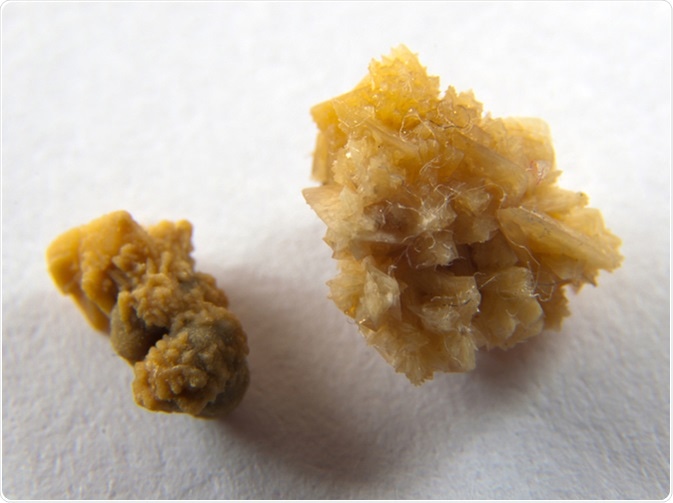Launching 1st March 2023. Also check out: https://www.thailandmedical.news/
Kidney stones are uncommon among children, yet in the last few years, the incidence of kidney stone in children has increased steadily.

Kidney stones develop in children at any age including infancy. However, teens are more prone to stones.
When there is a family history of developing kidney stones, then there are higher chances of the child developing stones. If a child has been diagnosed for stones once, then he/she has a greater chance of recurrence.
Dietary habits, rising obesity, and sedentary lifestyle could contribute to kidney stone formation. Unhealthy dietary habits and following a lifestyle that is not healthy may lead to the formation of stones in children.
Drinking less water or drinking sugary fluids or caffeinated beverages increases urine concentration. In foods prepared in the restaurant, frozen foods, sandwich meats, chips, and sports drinks, sodium may be present in more quantities.
A higher intake of sodium could make urine concentrated with extra minerals, causing stone formation.
Any one of the below stone types can be formed in the children:
Calcium oxalate and calcium phosphate stones are the calcium stone types most often found in the children. Of the two types of calcium stones, oxalate stones are more common.
Even though calcium in the food does not increase the probability of forming a calcium stone, kidney stones are formed when the muscles and bones of the child do not absorb calcium. If the extra calcium is not moved out of the body in urine, it will be saturated in the kidneys in the form of stones.
The additional calcium can be leaked from the kidneys in some children, and it forms a kidney stone by combining with other wastes.
Sodium is consumed in large quantities by most of the American population.
Approximately 2325 mg of sodium is contained in a teaspoon of table salt. The recommended sodium –intake (maximum) for children in the age group of 1–3 years is 1500 mg, that for 4–8-year-olds is 1900 mg, and that for 9–13-year-olds is 2200mg. For children above 14 years and adults, a maximum sodium intake of 2300 mg per day is suggested.
However, children diagnosed for calcium oxalate or phosphate stones need to reduce sodium intake even though they take medicines for kidney stone prevention.
When the urine of a child has more uric acid, uric acid stones are formed. Some inherited disorders and certain medical conditions can increase the availability of uric acid in the urinary tract of the child. In addition, uric acid is increased in the urine when the child consumes the following food items: fish, meat, especially organ meat, and shell fish in rare circumstances.
When a child has a simple form of urinary tract infection, he/she has no risk of developing kidney stones. However, when the infection is diagnosed in the upper part of the urinary tract, typically in the place where the kidneys are located, there is a risk of formation of struvite stone.
This stone has a tendency to develop all of a sudden and may grow quickly. In children whose urinary tract is not as developed as that of normal children, the urine flow may be blocked or their system may produce less urine. They are at a higher risk of developing struvite stones.
Blood tests, urine tests, and imaging tests such as ultrasound, abdominal X-ray, and computed tomography (CT) are done for diagnosing kidney stones.
The treatment is based on the type, components, location, and size of the stone.
While small stones may pass out of the body without requiring treatment, larger stones need immediate treatment as they cause pain to children.
Children are advised to drink more fluids so that the stone may be passed in urine without any further treatment. Kidney stones are collected in a special container when the child urinates through a strainer and the container is sent to a laboratory for the analysis of the stone.
Cystoscopy, ureteroscopy, shock wave lithotripsy, and percutaneous nephrolithotomy are some of the treatment methods used for removing kidney stones.
Urine is collected for 24 hours post elimination of the stone from the child’s body for further analysis. The volume of the urine produced in 24 hours and the mineral levels present in the urine are measured. The possibility of developing stones again is higher if the urine production is low or if the mineral levels are high.
When a child vomits and is dehydrated, he/she needs to be immediately taken to the hospital so that he/she is provided with fluids intravenously and rehydrated.
Complications are rare during the course of treatment for kidney stone. However, if left untreated, the stones can cause severe pain, urinary tract infection, and hematuria, and in some cases, the kidney function may also be affected.